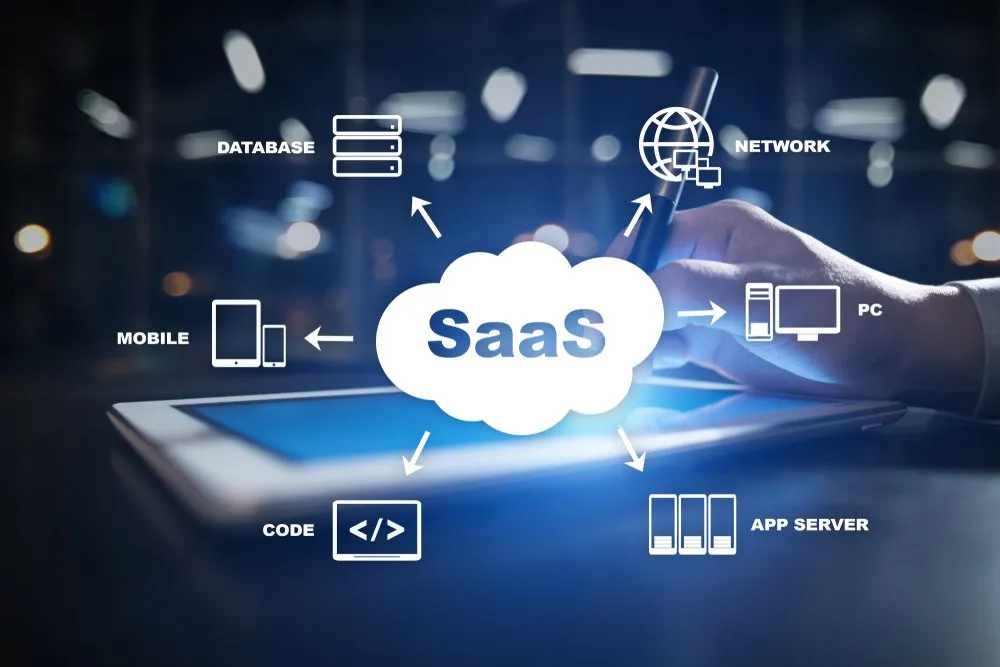
Digital Marketing Strategies Tailored for SaaS Companies: Thriving in the Digital Landscape
In the dynamic world of digital marketing, one size does not fit all. For Software as a Service (SaaS) companies, crafting tailored marketing strategies is imperative. SaaS businesses operate in a unique environment, and understanding the specialized marketing tactics designed for them is the key to thriving in the competitive digital landscape. In this blog post, we’ll delve into the intricacies of digital marketing for SaaS companies, exploring strategies that can set them on a path to success. The SaaS Landscape: Unique Challenges and Opportunities Before diving into tailored strategies, it’s essential to grasp the distinctive nature of the SaaS industry. SaaS companies offer software solutions accessible via the internet, often on a subscription basis. This model introduces both opportunities and challenges: 1. Long-Term Customer Relationships: Unlike traditional software, SaaS relies on recurring revenue from subscription-based customers. This means building and maintaining long-term relationships with clients is crucial. 2. Competitive Market: The SaaS market is highly competitive, with numerous players offering similar solutions. Standing out and conveying your unique value proposition is paramount. 3. Evolving Technology: SaaS products often undergo frequent updates and improvements. Digital marketing strategies must align with the dynamic nature of the product. 4. Data-Driven Approach: SaaS marketing thrives on data. Understanding user behavior and utilizing data analytics is essential for success. Tailored SaaS Marketing Strategies With these unique considerations in mind, let’s explore the specialized marketing strategies tailored for SaaS companies: 1. Content Marketing with Authority Content marketing is at the core of SaaS marketing strategies. However, SaaS companies must go beyond generic content. They should establish themselves as industry authorities by creating in-depth, informative content that addresses pain points and offers solutions. Blog posts, whitepapers, case studies, and video tutorials are effective formats for conveying expertise. 2. Free Trials and Freemium Models Offering free trials or freemium versions of your SaaS product is a potent strategy. It allows users to experience the value firsthand, increasing the likelihood of conversion to paid subscriptions. Ensure that the free version offers genuine utility, and use targeted email marketing to nurture leads during the trial period. 3. Customer Success Stories Highlighting customer success stories through case studies and testimonials can build trust and credibility. Showcase how your SaaS product has solved real-world problems for clients, emphasizing the tangible benefits. 4. SEO and Inbound Marketing Search engine optimization (SEO) and inbound marketing play a pivotal role in SaaS marketing. Optimize your website and content for relevant keywords and phrases that potential customers are searching for. Focus on creating valuable, SEO-friendly blog content to attract organic traffic. 5. Paid Advertising and Remarketing Invest in pay-per-click (PPC) advertising to target specific keywords and demographics. Remarketing campaigns can re-engage users who have interacted with your website or trial but did not convert. Tailor ad messaging to their stage in the customer journey. 6. Email Marketing Automation Implement email marketing automation to nurture leads and engage with existing customers. Use personalized emails to educate, inform, and upsell. Drip campaigns can guide leads through the decision-making process. 7. Webinars and Online Events Webinars and online events provide a platform to showcase your SaaS product’s capabilities and offer interactive sessions for potential customers. These events can also help build a community around your brand. 8. Partner and Affiliate Programs Collaborate with complementary SaaS or tech companies through partner and affiliate programs. Joint promotions and referrals can expand your reach and drive new customers. 9. User Onboarding and Support Ensure a seamless onboarding process for new users. Provide comprehensive support, including tutorials, knowledge bases, and responsive customer service. A positive user experience fosters retention and referrals. In conclusion, SaaS companies operating in the digital landscape face unique challenges and opportunities. To thrive, they must employ specialized marketing strategies that revolve around content marketing with authority, free trials, customer success stories, SEO and inbound marketing, paid advertising, email marketing automation, webinars, partner programs, and exceptional user support. Tailoring marketing efforts to the distinct needs of SaaS customers can not only attract new users but also foster long-lasting relationships and recurring revenue streams. In the SaaS world, personalized and data-driven marketing strategies are the keys to unlocking success in the competitive digital arena.


